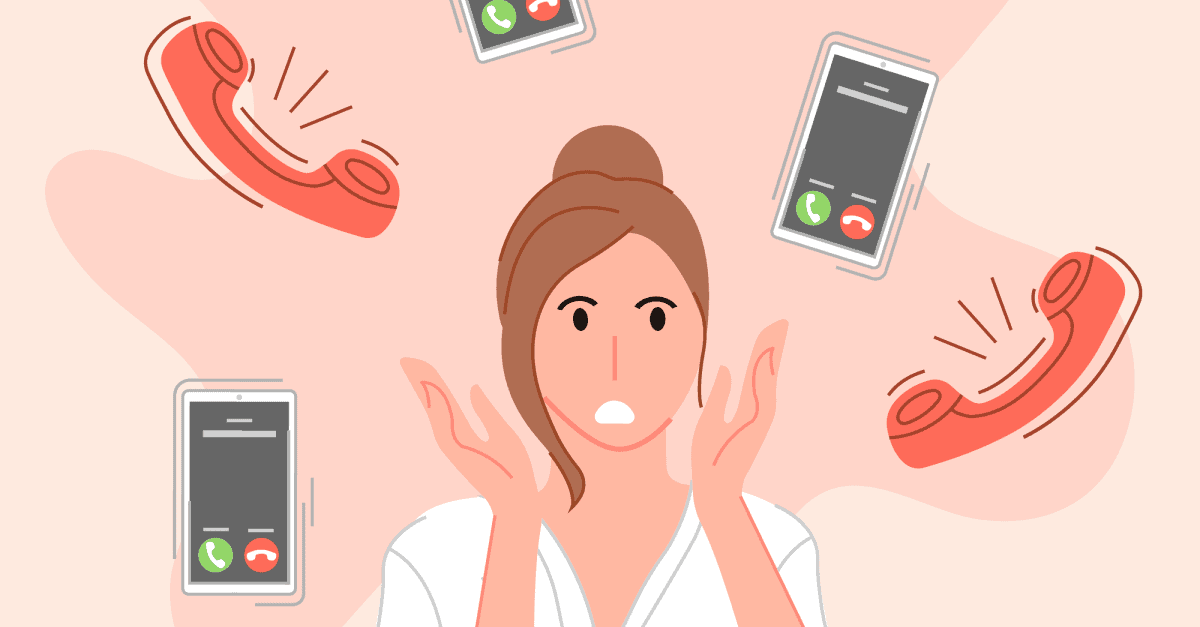
How Leading With Curiosity On Cold Calls Builds Trust
Written By: Jeb Blount
Podcast: Play in new window | Embed
Subscribe: Apple Podcasts | Spotify | Amazon Music | Pandora | iHeartRadio | Email | RSS
Curiosity Is Your Key To Effective Cold Calling
On this episode of the Sales Gravy podcast, Ulysses Price, filling in for Jeb Blount, interviews Chris Beall, CEO of ConnectAndSell. ConnectAndSell is a software service that helps salespeople initiate conversations with prospects. Beall explains how market dominance and the humble cold call are connected. His prospecting philosophy requires the salesperson to build trust and demonstrate curiosity, master the first few seconds of the conversation to create emotional buy-in, and avoid triggering psychological reactance. By breaking down the conversation and practicing each part in training, sales reps can improve their skills and conduct more successful sales conversations.
- Chris Beall connected the dots between market dominance and the potential impact of a humble cold call.
- Calibrated callers are comfortable using a psychological framework, playful curiosity, and confidence to create a clean read from potential customers and insist on a meeting.
- The seven-second rule is a technique for building trust in a cold call by demonstrating tactical empathy and competence to solve the problem of the caller being an interruption.
- The risk of B2B sales is a career risk, not a financial risk. B2B salespeople are necessary because buyers risk their careers when making buying decisions.
- Salespeople must gain the trust of potential customers to become the expert and be on their side.
- Sales reps must be able to make a clean read of a potential customer, understand their needs and interests, and provide value.
- Handle objections in a delicate and curious manner, stick to your guns, and position yourself as an expert to establish trust quickly.
Gain Your Prospect’s Trust In Seven Seconds
Cold calling is still one of the most effective ways of reaching potential customers, but it can be a daunting task for many salespeople, especially when you don’t know where to start.
To start a conversation, we need to gain someone’s trust. Without trust, they won’t listen to us, and we won’t get far. When we make a cold call, the person we’re speaking with only wants to end the conversation while keeping their self-image intact. If they didn’t care about their self-image, they would just hang up. So we have a small window of opportunity to gain their trust— just seven seconds.
In those seven seconds is to help the other party see that we see the world through their eyes. We call it tactical empathy. Secondly, we need to demonstrate to them that we’re competent in solving a problem they have right now. Their problem could be me, but I can always offer to go away in exchange for something.
You want them to listen to you, so you make that offer. For example, you might open the call with a statement like:
“I know I’m an interruption. Can I take 27 seconds to tell you why I called?”
By saying this, you’re self-indicting right at the beginning. That’s what the other party is already thinking about you. You beat them to the punch. As a seller, it’s essential to establish trust with your audience, especially in B2B sales. Eventually, they have to trust you more than they trust themselves and view you as the expert. This is why the first seven seconds are crucial in establishing trust with your audience. Do it wisely, and they will trust you forever, but try selling to them, and you’ll lose their trust in an instant.
Then comes the pitch:
“We’ve made a breakthrough that eliminates the waste and frustration that hinder your best sales reps from being effective on the phone. My call today is to request 15 minutes of your time to share this with you. Do you have your calendar handy?”
Sounds easy, right? But it’s not. The waste is economic, and the frustration is emotional. That’s because frustration triggers the part of our brain that causes us to lash out. Be careful not to trigger anger and instead, use a tone of voice that shows you understand what frustration means.
You want to connect with your listener on an emotional level and build trust. Remember, your voice is more important than your words. Use it skillfully to deliver emotional information and show that you truly get them, their needs, and their challenges and want to help solve them together.
What Is A Calibrated Caller?
There are two things that make a calibrated caller. First, they become very comfortable using a psychological framework, which I’ll call a script framework. They get good at it and become comfortable with it.
The framework consists of several steps: throwing yourself under the bus, making your voice playful, leading with curiosity instead of value, and insisting that the person take the meeting.
The reps are trained to lead with value, but the resonance comes from leading with curiosity to see if somebody is curious enough to take a meeting. Insisting that the person take the meeting requires a kind of confidence and belief in the value of the meeting, which isn’t equal across all reps. You need somebody who can do the whole thing, who can throw themselves under the bus, make their voice playful, go to curiosity, and insist they take the meeting.
A calibrated caller is somebody who has proven they can do all of that work in a cold call, which we call an ambush call, and they can do it in any topic or product area. They’re not dependent on the message, just a belief in the potential value of the meeting for the person they’re talking with.
Live Calling Is The Best Way To Practice
Learning to cold call can be really challenging. Cold calling is associated with several issues. One of the problems is that until you can use your voice effectively under pressure, it can be problematic. People on the other end can detect insincerity and uncertainty in the same way that wolves can smell fear. Therefore, it’s essential to overcome this hurdle.
How can you do it? By practicing under pressure. Live calling is an excellent way to practice. It’s also important to keep the cycle time of practice in mind. Here are the four steps to learning how to make effective cold calls that convert.
Learn How to Make Effective Cold Calls In 4 Steps
The first stage is getting the opener right. This is where the seller needs to grab the prospect’s attention within the first few seconds of the call. Using a playful, curious tone encourages the prospect to want to hear more.
The second stage is getting the curiosity message out. This is where the seller needs to pique the prospect’s interest and make them curious about what the seller has to offer. Using a storytelling approach will help you to build a narrative that will engage the prospect and make them want to learn more.
The third stage is learning how to handle objections. As you well know, the best objection is the one you don’t get in the first place. Avoid objections by staying away from value-based statements that could make the prospect feel like they are not doing their job well. Instead, he suggests using a curiosity-based approach that focuses on the prospect’s needs and pain points.
The fourth stage is asking for the meeting and sticking to your guns. This is where the seller needs to be confident in the value of the meeting they are offering. They need to deeply believe that the meeting will provide potential value to the prospect, even if they never do business together. By sticking to their guns and asking for the meeting, the seller can build trust with the prospect and establish a relationship that could lead to future business opportunities.
This approach to cold calling focuses on building trust with the prospect and understanding their needs. By using a curiosity framework and deeply believing in the potential value of the meeting being offered, salespeople can master the art of cold calling and achieve great success in sales.
Always Lead With Curiosity
Mastering cold calling requires a well-thought-out approach that takes into account the prospect’s needs and unique challenges. According to Chris Beall, the purpose of a cold call is to establish trust with the prospect. This can be achieved by using a curiosity framework to build a narrative that will engage the prospect and make them want to learn more.
By following the four-stage process outlined by Beall, salespeople can master the art of cold calling and achieve great success in sales. The first stage is getting the opener right, followed by getting the curiosity message out, learning how to handle objections, and finally, asking for the meeting and sticking to your guns. By using a curiosity-based approach and deeply believing in the potential value of the meeting being offered, salespeople can build trust with their prospects and establish a relationship that could lead to future business opportunities.
About the author
Jeb Blount
Jeb Blount is one of the most sought-after and transformative speakers in the world…
Get FREE Sales Training Delivered to Your Inbox
Join more than 360,000 professionals who get our weekly newsletter.
Related Articles

Learn Online
Self-paced courses from the
world's top sales experts

Virtual Training
Live, interactive instruction in small
groups with master trainers

Coaching
One-to-one personalized coaching
focused on your unique situation






